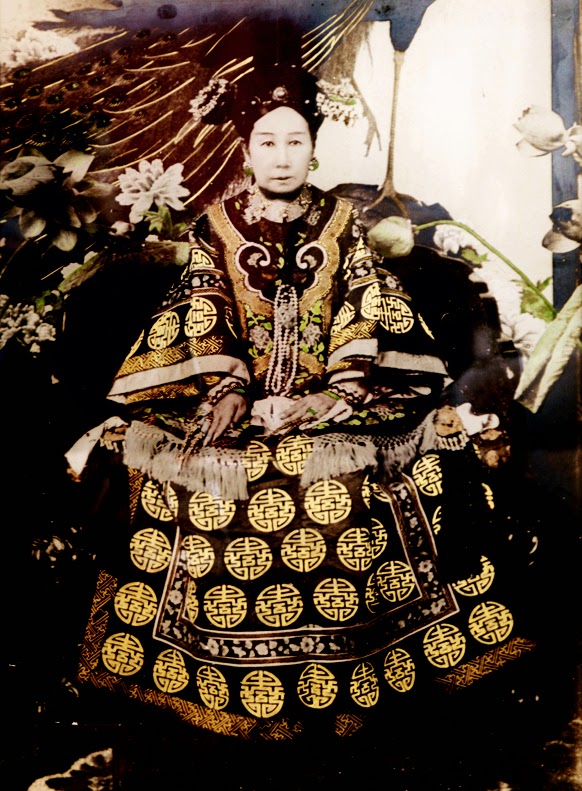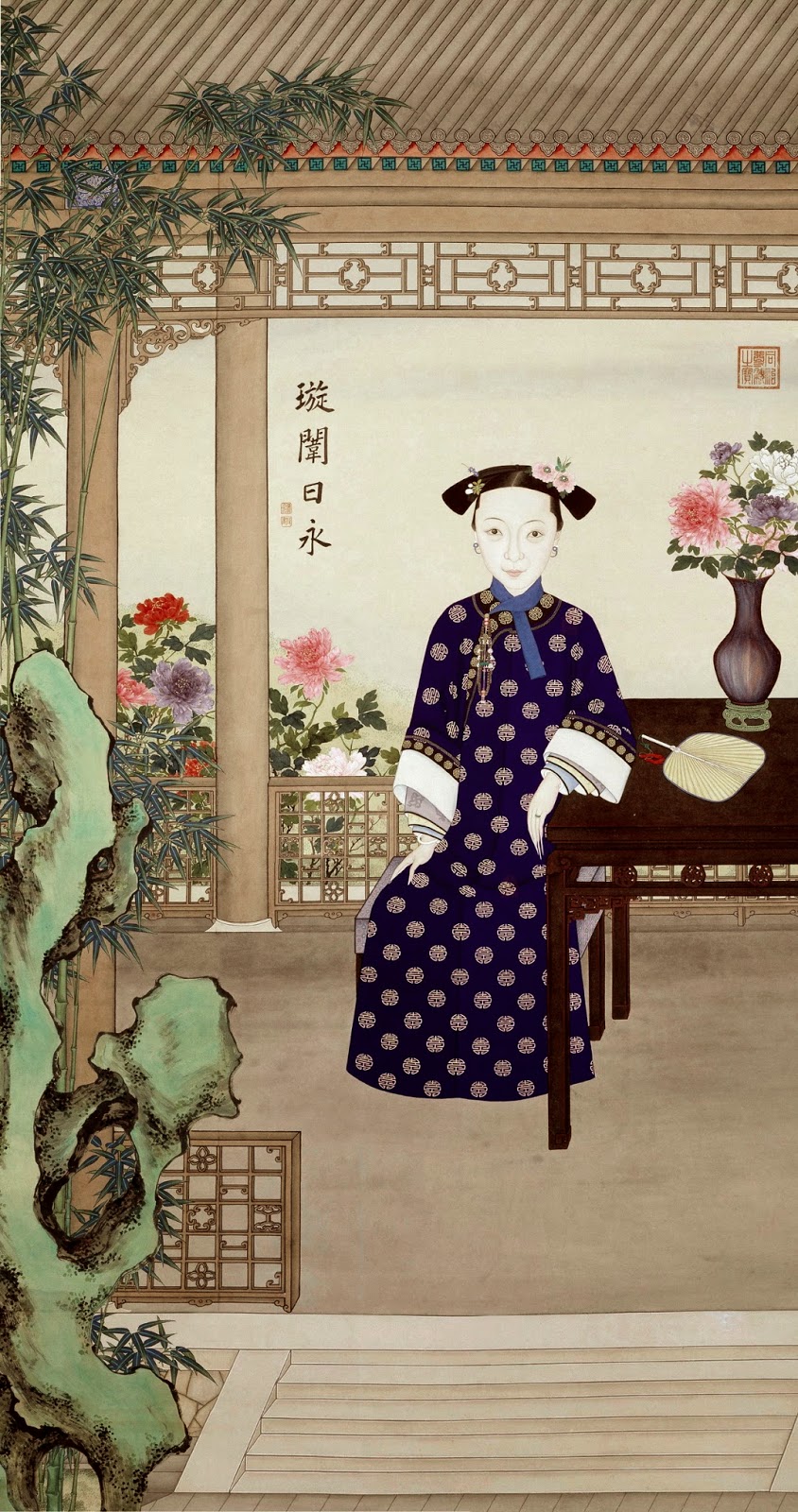
“Bluewald,” 1989, by Cady Nolan, is the top-selling work by a living woman artist. It sold for $9.8 million at auction in Spring 2015. If you think that’s a lot, compare it to $58.4 million for a Jeff Koons.
Artists are generally politically liberal. So why are they more backward than the rest of society in compensating women?
I’ve written about gender inequality in prices achieved by male and female artists. Now a large study confirms that the gender gap is alive and well for those holding art degrees. Women in the arts earn 68¢ for every dollar earned by men. That’s far worse than in the broader economy, where women can expect to earn 79¢ for every male-earned dollar.
The study used data from the 2011 Strategic National Arts Alumni Project (SNAAP), which included almost 34,000 respondents, all of whom held degrees in the arts. Of this group, about half were not working directly in the arts sector. A quarter were creators themselves. Roughly speaking, it isn’t having an art degree that kills you economically; it’s having an art degree and being female that’s deadly.
Working for a non-profit organization is almost as much of a liability as being female, it turns out. That will earn you a $17K drop in salary if you’re male or a $7K drop if you’re female.

“Mirror Room (Pumpkin),” 1991, by Yayoi Kusama. She tops the list for living women artists in terms of the aggregate value of her work sold at auction: nearly $216 million at the end of 2015.
And if you’re thinking it would be better in other places than in the troglodytic United States, think again. A similar survey in the UK found similar results.
Artsy did an excellent analysis of the data, here, and it’s worth weeping over.
One reason women’s salaries lag in every industry is that women are far less likely to negotiate job offers than their male peers. I know two young women who took the wages they were offered at their current professional jobs. The first is a programmer; the second is a gallerist. In the case of the programmer, her employer—a heartless, multinational defense contractor—has since worked to reduce the gap, since her boss wants to retain her. In the case of the gallerist, the initial insult was compounded by violations of labor law such as asking her to train on her own time.
Spare me the liberal pieties about social justice, my art-industry friends, until you are willing to promote, support and compensate women equally with their male peers. What I really want for Christmas is to never read news like this again.










